As NASA’s budget shrinks, Europe doubles down on Earth science: ‘Climate change is the defining challenge of our generation’ – Space

Report on Diverging Global Strategies for Earth Observation and Sustainable Development
Introduction: A Tale of Two Approaches to Achieving the Sustainable Development Goals
In an era defined by escalating climate extremes, the role of Earth science in achieving the United Nations Sustainable Development Goals (SDGs) has become paramount. Earth observation provides critical data for monitoring progress and informing policy on numerous goals, most notably SDG 13 (Climate Action), SDG 14 (Life Below Water), and SDG 15 (Life on Land). However, recent policy developments reveal a significant divergence in commitment between major global space agencies. While the United States’ National Aeronautics and Space Administration (NASA) faces proposed funding cuts that threaten its capacity to contribute to these goals, the European Space Agency (ESA) is intensifying its investment in Earth observation as a core strategy for a sustainable future. This report, referencing discussions at the Living Planet Symposium 2025, analyzes these contrasting approaches and their implications for the global SDG agenda.
The United States: Proposed Budgetary Contraction and Risks to SDG Progress
The proposed United States federal budget for fiscal year 2026 presents a significant challenge to the advancement of the SDGs. The proposal includes severe reductions for NASA’s science programs, which are instrumental in providing data for global sustainability efforts.
Key Concerns for SDG-Related Monitoring:
- A proposed 47% reduction in funding for NASA’s Earth science division.
- Cancellation of several flagship missions designed to monitor critical environmental indicators.
- Diminished capacity to track phenomena directly related to key SDGs, including:
- SDG 13 (Climate Action): Monitoring of atmospheric carbon, sea-level rise, and extreme weather events.
- SDG 15 (Life on Land): Monitoring of wildfires and terrestrial ecosystems.
- SDG 11 (Sustainable Cities and Communities): Data for disaster response and resilient infrastructure planning.
This proposed retraction has caused significant concern within the scientific community, which views the current decade as critical for climate action. While the U.S. Senate has advanced a bill to reject these cuts, the uncertain outcome highlights the precarious state of federal support for science that underpins the SDGs.
The European Space Agency: An Earth-First Strategy for Sustainable Development
In stark contrast, the European Space Agency has reaffirmed its commitment to Earth observation as a major priority. At the Living Planet Symposium 2025, ESA leadership presented a long-term, ambitious vision centered on leveraging space technology to address global challenges and support the SDGs.
The Copernicus Programme: A Cornerstone for SDG Data
ESA’s flagship Earth observation program, Copernicus, is a critical asset for the SDG framework. It provides a continuous stream of open-access data, making it a global public good.
- Contribution to SDG 17 (Partnerships for the Goals): By providing over 25 terabytes of data daily, accessible to all, Copernicus embodies the principle of global partnership and knowledge sharing.
- Support for Multiple Goals: The data informs policy and action across a spectrum of SDGs, including climate, agriculture (SDG 2), and sustainable infrastructure (SDG 9).
Future Missions Targeting Key SDG Indicators
ESA’s upcoming missions are purpose-built to provide unprecedented insight into Earth’s systems, directly aligning with specific SDG targets.
- Biomass Mission: Launched in 2025, this mission will conduct the first space-based measurement of global forest carbon stocks, providing essential data for SDG 15 (Life on Land) and global carbon accounting under SDG 13 (Climate Action).
- Harmony Mission: Scheduled for 2029, this dual-satellite mission will monitor surface motion, glaciers, and ocean currents, contributing vital information for SDG 14 (Life Below Water) and SDG 13.
- Copernicus Expansion Missions: A series of six future missions will enhance monitoring capabilities for greenhouse gases, polar ice, and air quality, directly supporting SDG 13 and SDG 11 (Sustainable Cities and Communities).
Technological Innovation as an Enabler for Accelerated SDG Achievement
ESA’s 2040 Technology Strategy emphasizes the integration of digital technologies to revolutionize Earth observation, thereby accelerating progress on the SDGs. This aligns with SDG 9 (Industry, Innovation, and Infrastructure).
Key Technological Advancements:
- Artificial Intelligence (AI) and Edge Computing: New missions are being designed to process data directly in orbit. The Φ-sat-2 satellite, for example, uses onboard AI to filter out clouded images, increasing the efficiency of data downlink for timely analysis.
- Real-Time Analysis: Onboard processing enables faster response to terrestrial events, which is critical for disaster management (SDG 11) and real-time environmental monitoring (SDG 13, 14, 15).
The Imperative of International Collaboration (SDG 17)
A recurring theme at the symposium was the indispensable role of international collaboration, a core tenet of SDG 17 (Partnerships for the Goals). Despite geopolitical and budgetary challenges, partnerships between ESA, NASA, JAXA, ISRO, and other agencies remain the foundation of global Earth observation.
Karen St. Germain, Director of NASA’s Earth Science division, noted that these “strategic partnerships sustain us through the challenges.” Simonetta Cheli, ESA Director of Earth Observation, reinforced this, stating, “International collaboration is in the DNA of what we do in Earth observation at ESA.” This collaborative spirit ensures the resilience of the global monitoring system. Should one partner face constraints, others like ESA are prepared to play an increased role to prevent gaps in critical data needed to safeguard the planet and advance the Sustainable Development Goals.
Analysis of Sustainable Development Goals (SDGs) in the Article
1. Which SDGs are addressed or connected to the issues highlighted in the article?
-
SDG 13: Climate Action
This is the most prominent SDG in the article. The text directly addresses the urgency of climate change, mentioning “climate extremes,” “global tipping points,” and the need for “climate action.” The entire premise revolves around the importance of Earth science and observation satellites to monitor and combat climate change effects like “wildfires, atmospheric carbon, sea-level rise, and extreme weather events.”
-
SDG 9: Industry, Innovation and Infrastructure
The article focuses on the technological infrastructure (satellites) and innovation required for Earth observation. It discusses ESA’s “ambitious forward-looking vision for Earth observation,” the development of new missions like Biomass and Harmony, and the integration of “AI, quantum sensors and edge computing.” This directly relates to enhancing scientific research and upgrading technological capabilities.
-
SDG 17: Partnerships for the Goals
The article heavily emphasizes the need for global cooperation. It highlights that “International collaboration is in the DNA of what we do in Earth observation at ESA” and mentions specific partnerships with “NASA, JAXA, ISRO and many other space agencies.” The contrast between US and European approaches underscores the importance of stable, global partnerships to sustain scientific progress.
-
SDG 15: Life on Land
The article mentions specific environmental monitoring goals that fall under this SDG. The ESA’s Biomass mission is designed to “measure global forest carbon stocks,” which is critical for managing forests. Monitoring “wildfires” is another key aspect related to protecting terrestrial ecosystems.
-
SDG 14: Life Below Water
This goal is connected through the monitoring of marine and coastal systems. The article notes that the proposed NASA budget cuts would reduce the ability to monitor “sea-level rise,” and ESA’s upcoming Harmony mission will monitor “ocean currents.” Both are vital for understanding and protecting marine ecosystems.
2. What specific targets under those SDGs can be identified based on the article’s content?
-
SDG 13: Climate Action
- Target 13.1: Strengthen resilience and adaptive capacity to climate-related hazards and natural disasters in all countries. The article mentions that budget cuts would reduce the ability to “monitor wildfires… and extreme weather events,” which is essential for disaster response and building resilience.
- Target 13.3: Improve education, awareness-raising and human and institutional capacity on climate change mitigation, adaptation, impact reduction and early warning. The open-access data from programs like Copernicus, which “is accessible to everyone, scientists, businesses, public institutions and citizens,” directly contributes to building this capacity.
-
SDG 9: Industry, Innovation and Infrastructure
- Target 9.5: Enhance scientific research, upgrade the technological capabilities of industrial sectors in all countries… encouraging innovation. The article details ESA’s strategy to “revolutionize climate science and Earth observation with new monitoring technologies and artificial intelligence (AI)” and contrasts it with the proposed cuts to NASA’s science funding, highlighting the importance of investment in research.
- Target 9.1: Develop quality, reliable, sustainable and resilient infrastructure… with a focus on affordable and equitable access for all. The Copernicus program is described as a “European Space infrastructure that has become the international gold standard” and provides open-access data, fulfilling the goal of equitable access.
-
SDG 17: Partnerships for the Goals
- Target 17.6: Enhance North-South, South-South and triangular regional and international cooperation on and access to science, technology and innovation. The article explicitly states, “ESA has long fostered partnerships with NASA, JAXA, ISRO and many other space agencies,” which is a direct example of this target in action.
- Target 17.16: Enhance the global partnership for sustainable development, complemented by multi-stakeholder partnerships. The Living Planet Symposium itself, which brings together different space agencies, government officials, and scientists, is an embodiment of this multi-stakeholder partnership.
-
SDG 15: Life on Land
- Target 15.2: Promote the implementation of sustainable management of all types of forests, halt deforestation, and restore degraded forests. The Biomass satellite mission, which “will measure global forest carbon stocks using a massive radar antenna that can penetrate forest canopies,” provides the critical data needed to achieve this target.
-
SDG 14: Life Below Water
- Target 14.2: Sustainably manage and protect marine and coastal ecosystems to avoid significant adverse impacts. The monitoring of “sea-level rise” and “ocean currents” by Earth observation satellites, as mentioned in the article, is fundamental to managing and protecting these ecosystems.
3. Are there any indicators mentioned or implied in the article that can be used to measure progress towards the identified targets?
-
Indicators for SDG 13 (Climate Action)
- Financial flows for climate science: The article provides a direct indicator by contrasting the “proposed federal budget for fiscal year 2026 that… called for a 47% reduction in Earth science funding” for NASA with ESA’s strategy of “doubling down” on investment.
- Availability of climate data: The ability to monitor “atmospheric carbon, sea-level rise, and extreme weather events” is an implied indicator of progress.
-
Indicators for SDG 9 (Industry, Innovation and Infrastructure)
- Investment in research and development: The budget figures and policy directions of NASA and ESA serve as a clear indicator of government investment in scientific R&D.
- Volume of open-access data: The article explicitly mentions that “Copernicus satellites deliver more than 25 terabytes of data reliably and without interruption,” serving as a quantifiable indicator of data accessibility.
-
Indicators for SDG 17 (Partnerships for the Goals)
- Number of international scientific partnerships: The mention of collaborations between “ESA, NASA, JAXA, ISRO” is a qualitative indicator of the health of global scientific partnerships.
-
Indicators for SDG 15 (Life on Land)
- Data on forest biomass: The primary goal of the Biomass mission is to “measure global forest carbon stocks,” which is a direct, quantifiable indicator for monitoring forest health and deforestation.
-
Indicators for SDG 14 (Life Below Water)
- Data on sea-level and ocean dynamics: The capability to monitor “sea-level rise” and “ocean currents” is an implied indicator for tracking the health of marine environments.
4. Summary Table of SDGs, Targets, and Indicators
| SDGs | Targets | Indicators (Mentioned or Implied in Article) |
|---|---|---|
| SDG 13: Climate Action | 13.1: Strengthen resilience to climate-related hazards. 13.3: Improve capacity on climate change mitigation and early warning. |
– Funding allocated to Earth science (e.g., NASA’s proposed 47% cut vs. ESA’s investment). – Ability to monitor wildfires, sea-level rise, atmospheric carbon, and extreme weather. |
| SDG 9: Industry, Innovation and Infrastructure | 9.1: Develop quality, reliable, sustainable infrastructure with equitable access. 9.5: Enhance scientific research and innovation. |
– Investment in space infrastructure and R&D (e.g., ESA’s Technology Strategy 2040). – Volume of open-access data provided (e.g., Copernicus’s 25 terabytes). – Development of new technologies (AI, new satellites). |
| SDG 17: Partnerships for the Goals | 17.6: Enhance international cooperation on science and technology. 17.16: Enhance the global partnership for sustainable development. |
– Existence of strategic partnerships between space agencies (ESA, NASA, JAXA, ISRO). – Convening of multi-stakeholder events like the Living Planet Symposium. |
| SDG 15: Life on Land | 15.2: Promote sustainable management of forests. | – Data availability on global forest carbon stocks (from the Biomass mission). – Monitoring capabilities for wildfires. |
| SDG 14: Life Below Water | 14.2: Sustainably manage and protect marine and coastal ecosystems. | – Data availability on sea-level rise. – Data on ocean currents (from the Harmony mission). |
Source: space.com

What is Your Reaction?
 Like
0
Like
0
 Dislike
0
Dislike
0
 Love
0
Love
0
 Funny
0
Funny
0
 Angry
0
Angry
0
 Sad
0
Sad
0
 Wow
0
Wow
0





























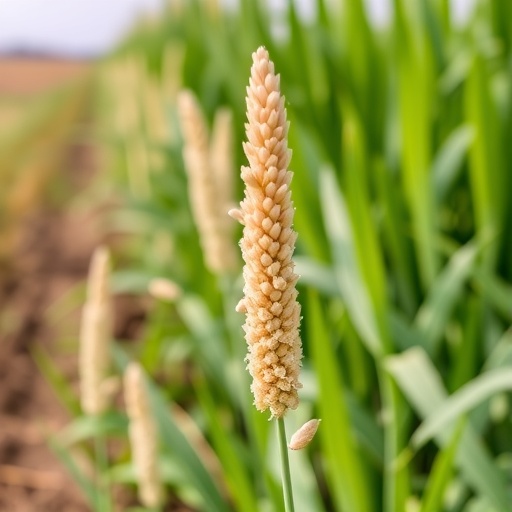

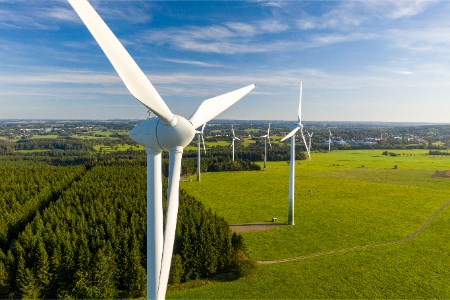
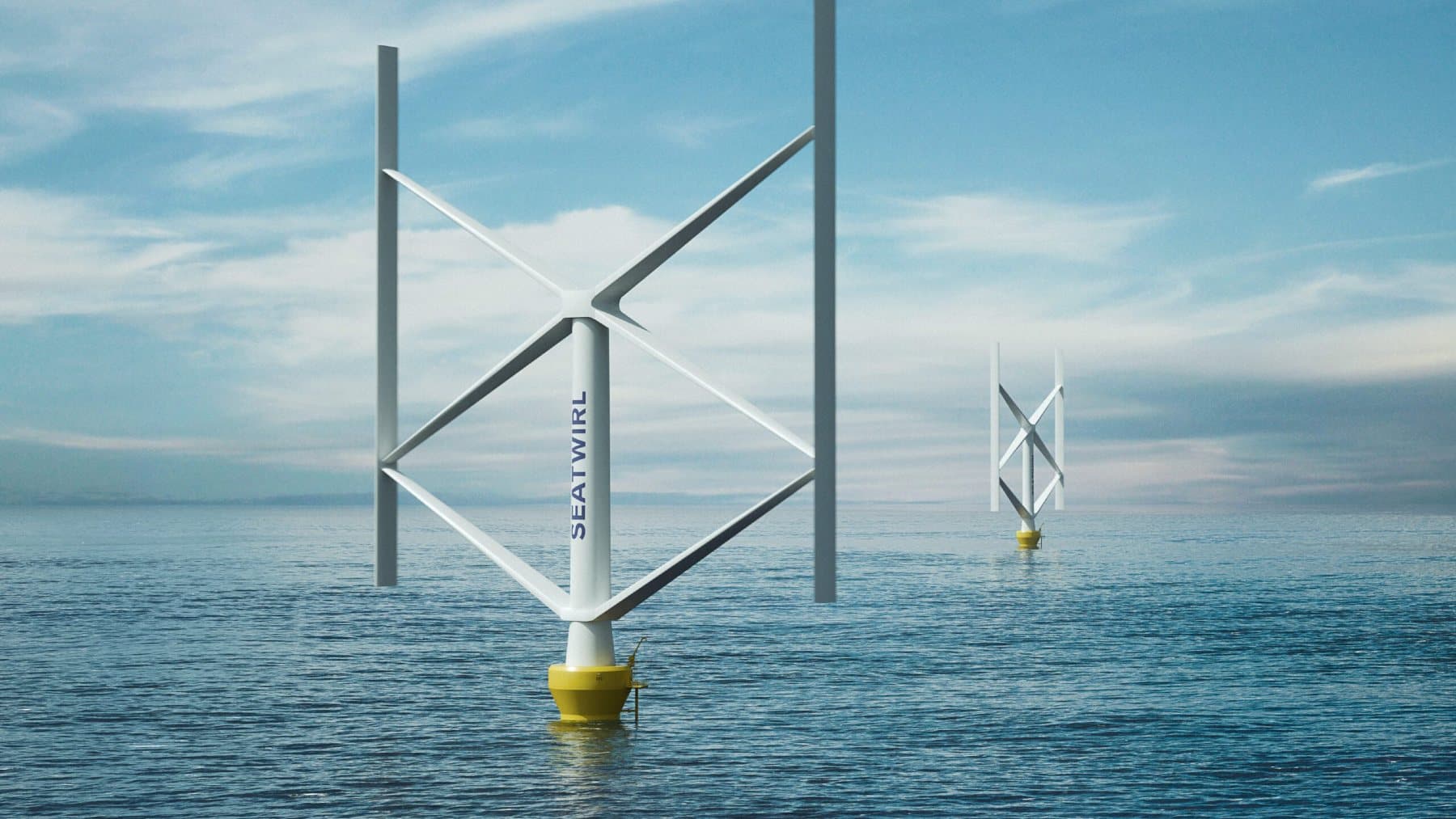




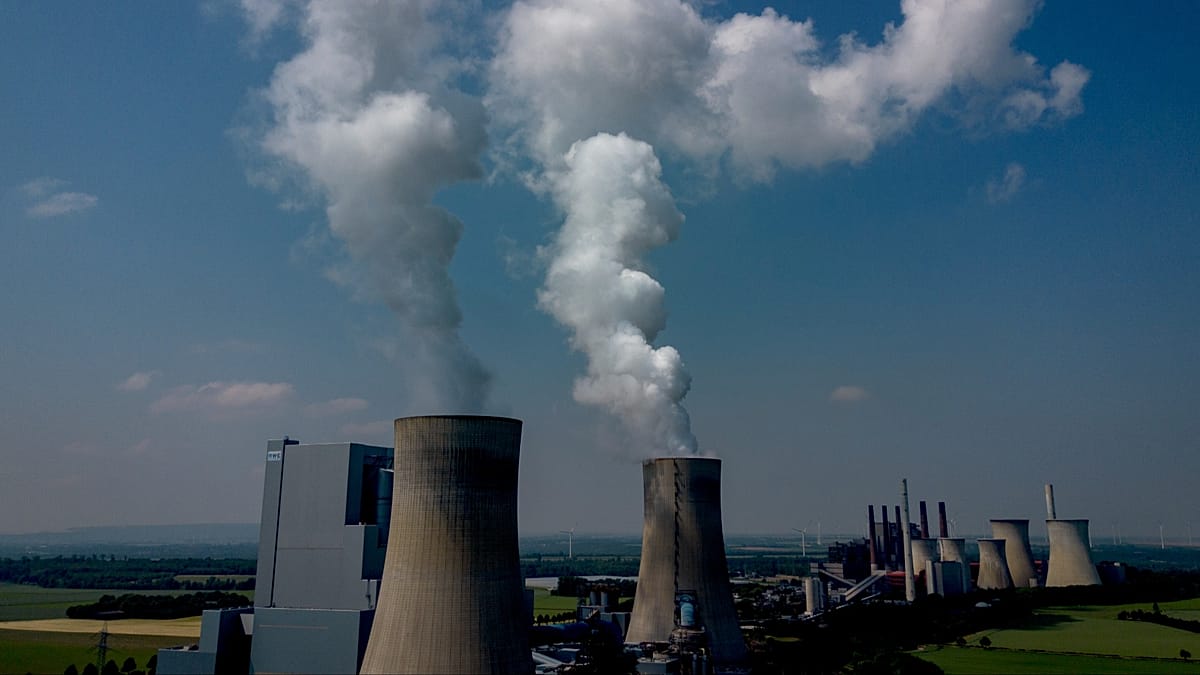



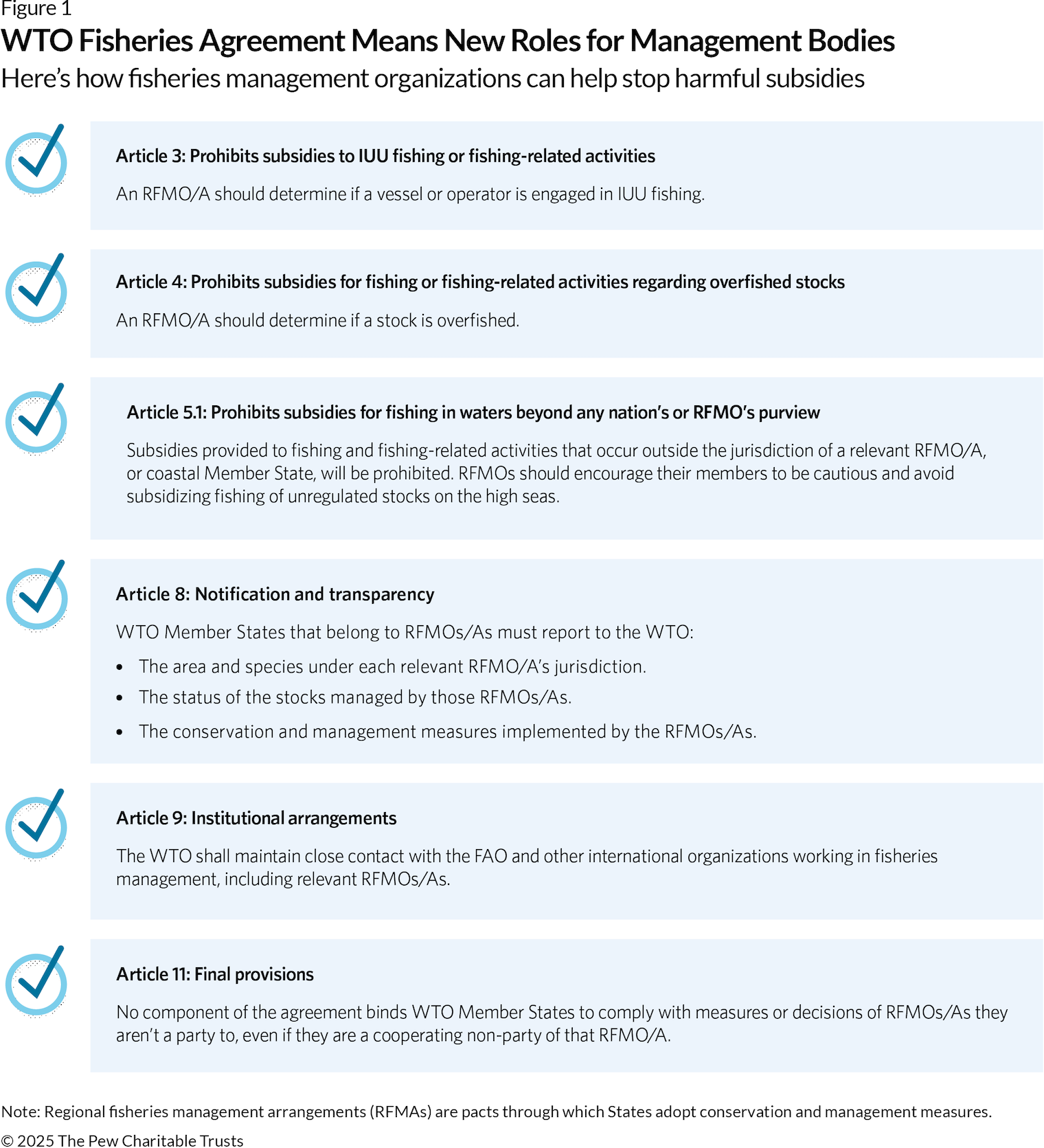

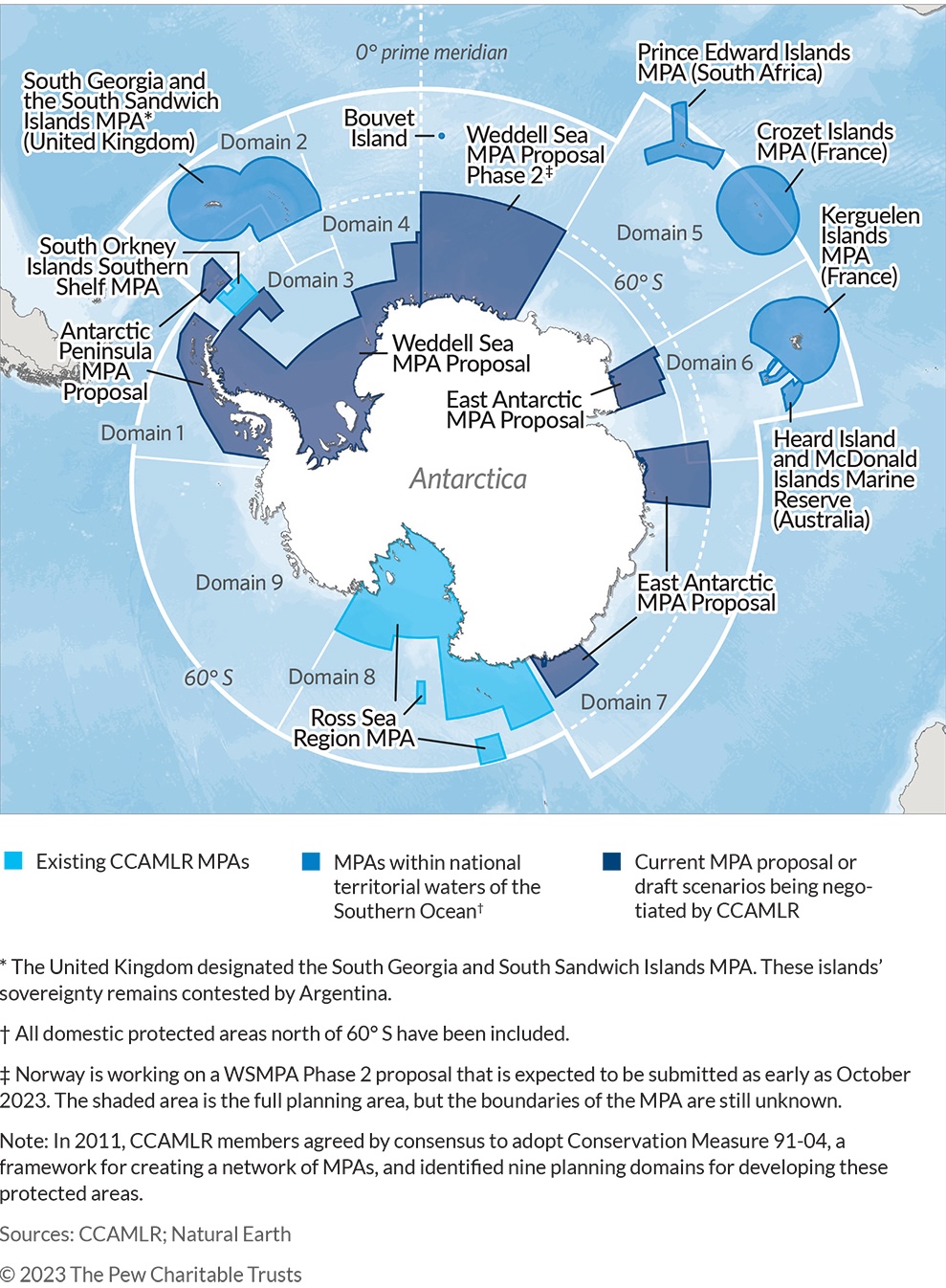


.jpg?h=50da7ea4&itok=DTgFLdpn#)



















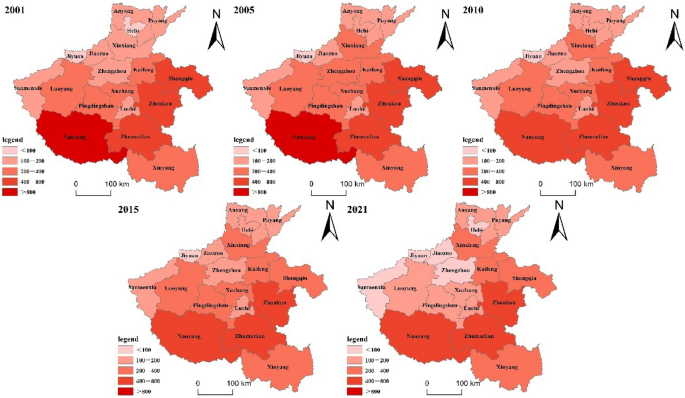



;Resize=805#)







